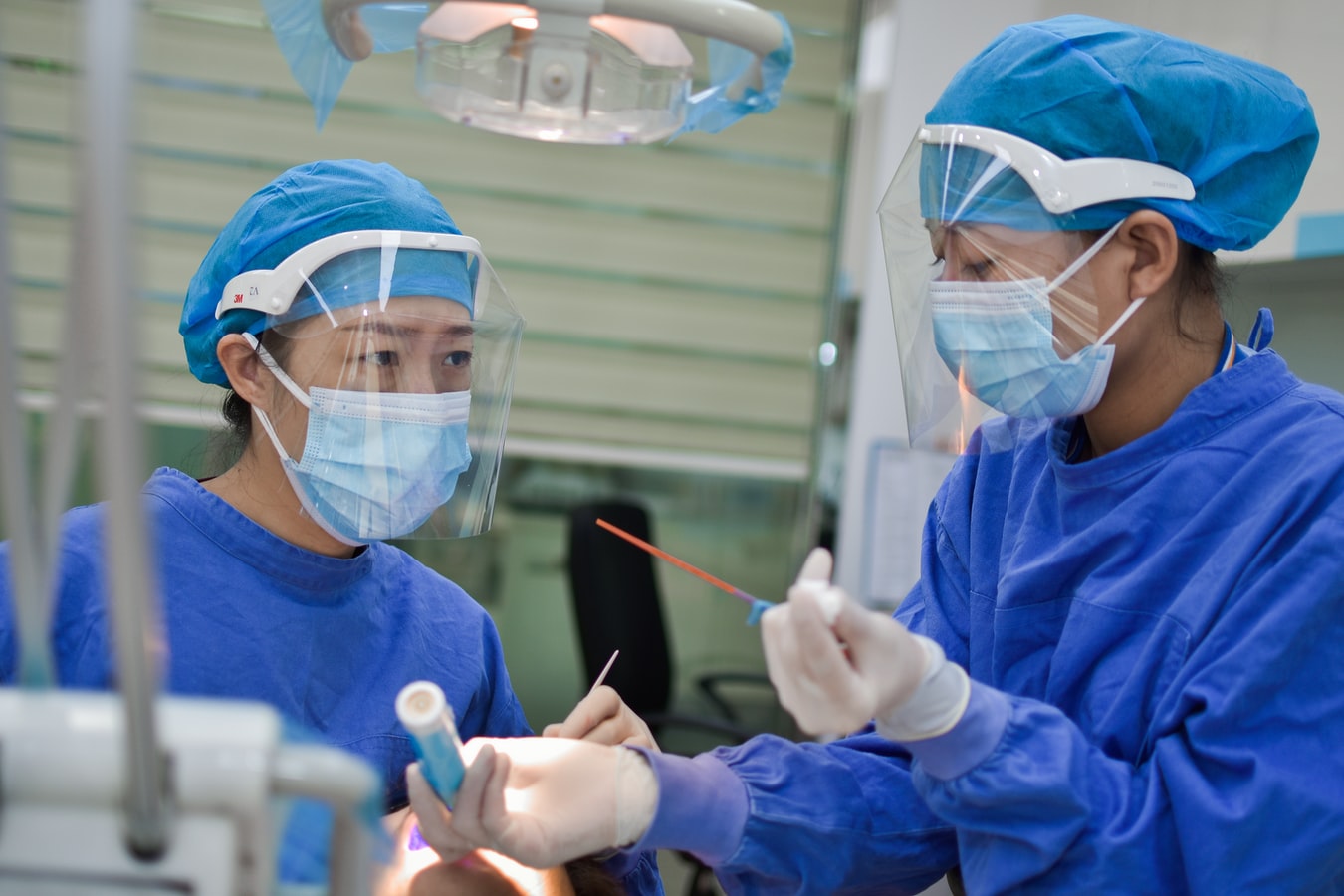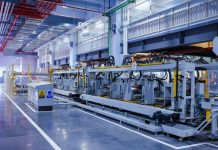Now more than ever, doctors, surgeons and general practitioners are facing a variety of challenges and advancements that are reshaping the world of healthcare.
From budgetary concerns to the exorbitant cost of cutting-edge medical equipment and supplies, many healthcare providers find the balance of these concerns to be increasingly difficult.
While advancements in technology, logistics and medical science may be disruptive in some situations, they are also allowing for new and unprecedented levels of efficiency in the world of patient care. Specifically, surgery is now becoming more cost-efficient for providers and patients.
But how is technology impacting this dynamic? Below are several crucial examples fueling this trend.
5 Tech Trends Reshaping Cost Efficient For Surgical Procedures

1. Advancements in Laparoscopy
Historically, surgeons and doctors utilized relatively barbaric surgical procedures for even relatively mild surgeries. This wasn’t their preferred choice: the technology of the era simply didn’t allow for more precise, less invasive options.
Thankfully, the emergence of laparoscopy (keyhole surgery) has improved cost efficiency for patients while minimizing risks and liability for surgeons.
Laparoscopy involves cutting a much smaller incision in the skin to allow for lighting, cameras and some necessary surgical tools to directly access the area(s) where surgery is needed.
In some cases, laparoscopy involves a camera and light being inserted through the mouth, meeting the surgeon’s tools in the affected area (that are inserted via the incision).
Ultimately, this advancement in tech allows for shorter hospital stays and faster recovery time – leading to lower costs and fewer long-term complications.
2. More Surgeries Performed in GP Settings
Historically, the vast majority of surgeries had to be performed either in hospitals or in by specific specialists.
Increasingly, the percentage of surgeries able to be performed by general practitioners is on the rise. This ultimately is due to advancements in tech that allow GPs the ability to safely and effectively address this need.
Presently, approximately one-third of all surgeries performed in the UK each year are defined as general surgeries, with GPs able to provide these services in the majority of cases.
By being able to forgo multiple nights at the hospital or requiring other expensive surgeries for what is otherwise minor surgery, cost efficiency of the broader surgery industry is further improved.
3. Increased Choice & Access to GP Supplies
50 years ago, the number of choices available to doctors and surgeons alike in terms of choosing GP products was limited.
In most situations, only local providers or those specializing in mail-order solutions were options available to medical facilities and surgeons.
Thanks to the internet’s continuously advancing presence in society, medical professionals have access to a literal world of choices.
GP supplies (from diagnostic tests and PPE to printer ink and office supplies) can be purchased via the internet from literally anywhere.
This sheer amount of choice now available to surgeons allows for the easy procurement of affordable items commonly used in surgical settings, such as gloves, infection control items and medical furniture, just to name a few.
That level of choice forces suppliers to offer more cost-effective solutions. Providers such as medical-supermarket.com illustrate the sheer range of options available to surgeons today.
4. Precision in Elective Procedures
While most surgeries performed in the UK are required medical necessities, approximately one percent of all procedures are cosmetic.
These surgeries can range in scope from rhinoplasty and breast augmentation to liposuction and facelifts. Ultimately, these procedures – not covered by the NHS or health insurance – can be expensive options for patients to consider.
As the level of precision in surgery applications has improved in recent years, so have the outcomes and costs of these surgeries. Dynamics such as tissue reconstruction and surgical simulations have allowed for more accurate surgery plans to be generated with less healing time and fewer complications.
The end result? Technology has improved precision in cosmetic surgery as well, making these procedures more affordable.
5. Robotic Applications and AI
While still a nascent concept in the field of surgery, engineers and developers are slowly unveiling an array of automated, robotic and intelligent machines capable of eliminating human surgical error.
Solutions such as the Da Vinci Surgical System have already performed millions of surgeries around the world, providing assistance for cardiac, colorectal and general surgery.
While expert training is required to utilize such applications, the number of doctors and medical students training to commandeer such tech-based surgical solutions is quickly increasing. As concepts such as AI and nanotechnology continue to grow within the field of healthcare, these solutions may one day completely eliminate unnecessary risk and further lower costs for surgery.
A variety of disruptive trends and pressure points from technology are influencing the surgical industry – but thankfully they are also leading to lower costs and more effective solutions for patients and practices alike.
Helpful Resources:
- How Digitalization is Changing the Face of Healthcare?
- Budgeting for Band-Aids: Your Guide to Healthcare Finance Planning
- How Content Marketing Can Help Address Regional Healthcare Concerns
- How Modern-Day Technology is Changing Healthcare for Seniors
Author: Abdul Mateen














